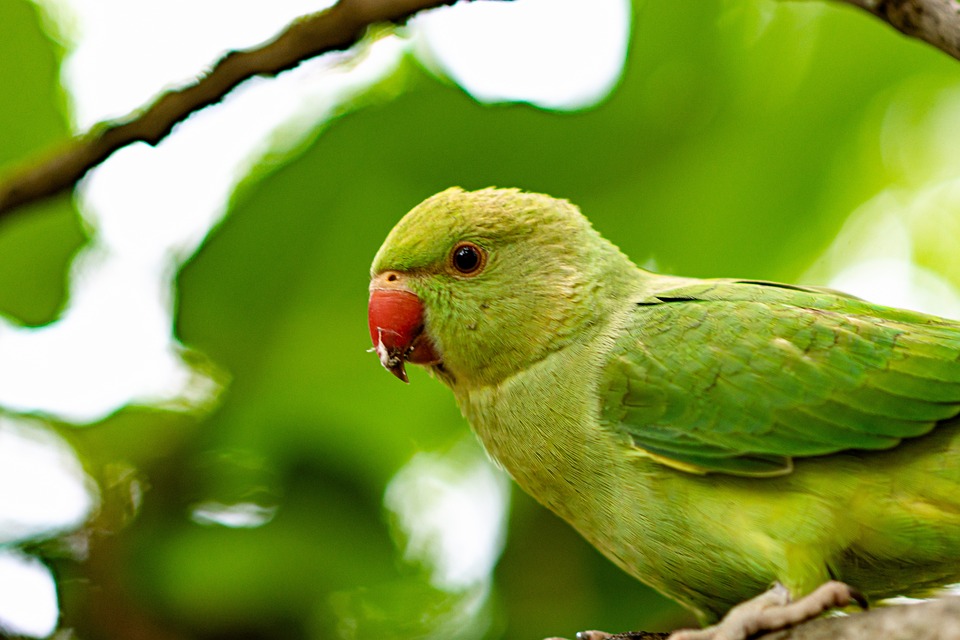Using positive reinforcement to reinforce desired behaviors during daily activities is an effective and humane way to train your parrot. Positive reinforcement involves rewarding your parrot for performing the desired behavior, which increases the likelihood of them repeating it in the future. This training method helps establish a strong bond and trust between you and your feathered friend.
Before you begin training, it is important to identify the behaviors you want to reinforce during daily activities. These behaviors can include stepping onto your hand, returning to their cage, or even learning new tricks. By having a clear understanding of your goals, you can focus your training efforts effectively.
When it comes to selecting reinforcements, it is important to experiment and find what motivates and excites your parrot. Some parrots may be motivated by their favorite treats, while others may prefer verbal praise or physical affection. Make sure to use reinforcements that are safe and healthy for your parrot.
Establishing a training routine is crucial for successful parrot training. Consistency is key, so it is important to have regular training sessions throughout the day. This helps your parrot understand that specific behaviors are expected during these sessions.
Start with basic behaviors that your parrot is already familiar with. This could include stepping onto a perch or responding to a specific command. Reinforce these behaviors consistently, using positive reinforcement each time your parrot successfully performs the desired action.
Timing is crucial when using positive reinforcement. Immediately reinforce the desired behavior with praise, treats, or affection when your parrot performs it correctly. This helps your parrot associate the behavior with the reinforcement.
Consistency and repetition are essential for successful training. Reinforce the desired behaviors consistently and repeat the training sessions regularly. Over time, your parrot will start to understand the connection between their actions and the positive reinforcement they receive.
As your parrot becomes more comfortable with basic behaviors, gradually introduce new challenges and behaviors. Break down complex actions into smaller steps and reinforce each step along the way. This gradual progression ensures that your parrot continues to learn and build upon their training.
Using treats as positive reinforcement is a highly effective method. However, it is important to ensure that the treats you offer are healthy and appropriate for your parrot’s diet. Consult with an avian veterinarian to determine the best treats for your parrot.
The time it takes to train a parrot using positive reinforcement varies depending on the individual parrot and the behaviors you are trying to teach. Patience and consistency are crucial. Some behaviors may be learned quickly, while others may take weeks or even months of consistent training.
If your parrot doesn’t seem to respond to positive reinforcement, it is important to reassess your training approach. Consider consulting a professional bird trainer or an avian veterinarian who can provide guidance and help identify any underlying issues that may be affecting your parrot’s response to training.
In conclusion, using positive reinforcement during daily activities is a highly effective way to reinforce desired behaviors in your parrot. By establishing a training routine, identifying desired behaviors, selecting appropriate reinforcements, and following the training steps, you can build a strong bond and trust with your parrot while encouraging them to engage in desired behaviors. Remember to be patient, consistent, and adaptable in your training approach, and always prioritize your parrot’s well-being and safety.









